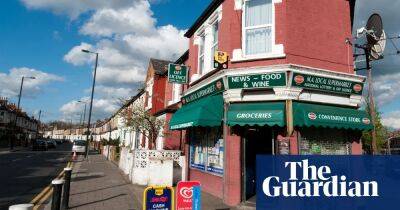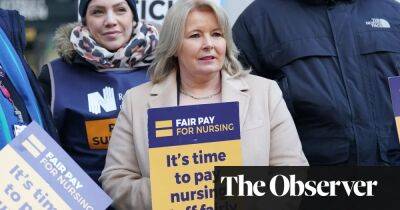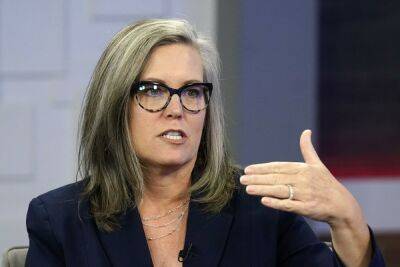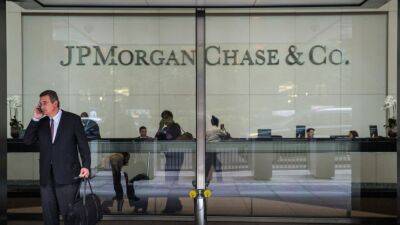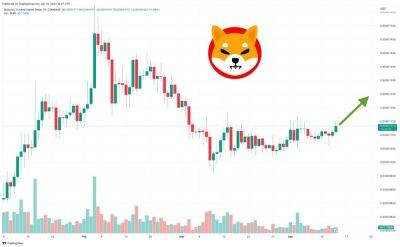There’s a simple way to reduce the average UK electricity bill – and make energy cleaner
Ofgem’s new price cap came into effect on Saturday, with the headline level falling by £1,000 per household to £3,280. This price cap limits the amount that retail energy suppliers can bill households, which ultimately limits suppliers’ ability to pass on the cost of the soaring wholesale prices they’re facing. These prices are far beyond what households and businesses can afford. The government has responded by limiting the consumer burden to £2,500 for three more months, and itself footing the difference in the bill.
It’s remarkable that such an expensive policy is still just a sticking plaster. While overdue help for households is nothing to be sniffed at, the temporary price cap does nothing to address the defective structure of our energy market at the root of the crisis.
The price spike currently afflicting customers, retail suppliers and government alike originates in the domestic wholesale energy market. Despite 43% of our electricity being generated from clean energy sources, prices are determined by the most expensive source needed to satisfy 100% of the demand in a given period. The result is that energy derived from mainly clean sources is being slapped with a gas price tag. What then fills the yawning chasm between these generators’ lower production costs and the higher price they’re getting? Profit. Just look at British Gas-owner Centrica’s 60% profit margins in its generation business.
And yet, businesses lack the agency to make positive changes. Centrica could, in theory, lower prices for its household customers by drawing down on some of those windfall generation profits. In practice, competition regulations forbid firms from subsidising parts of their business with the profits from separate divisions of
Read more on theguardian.com
